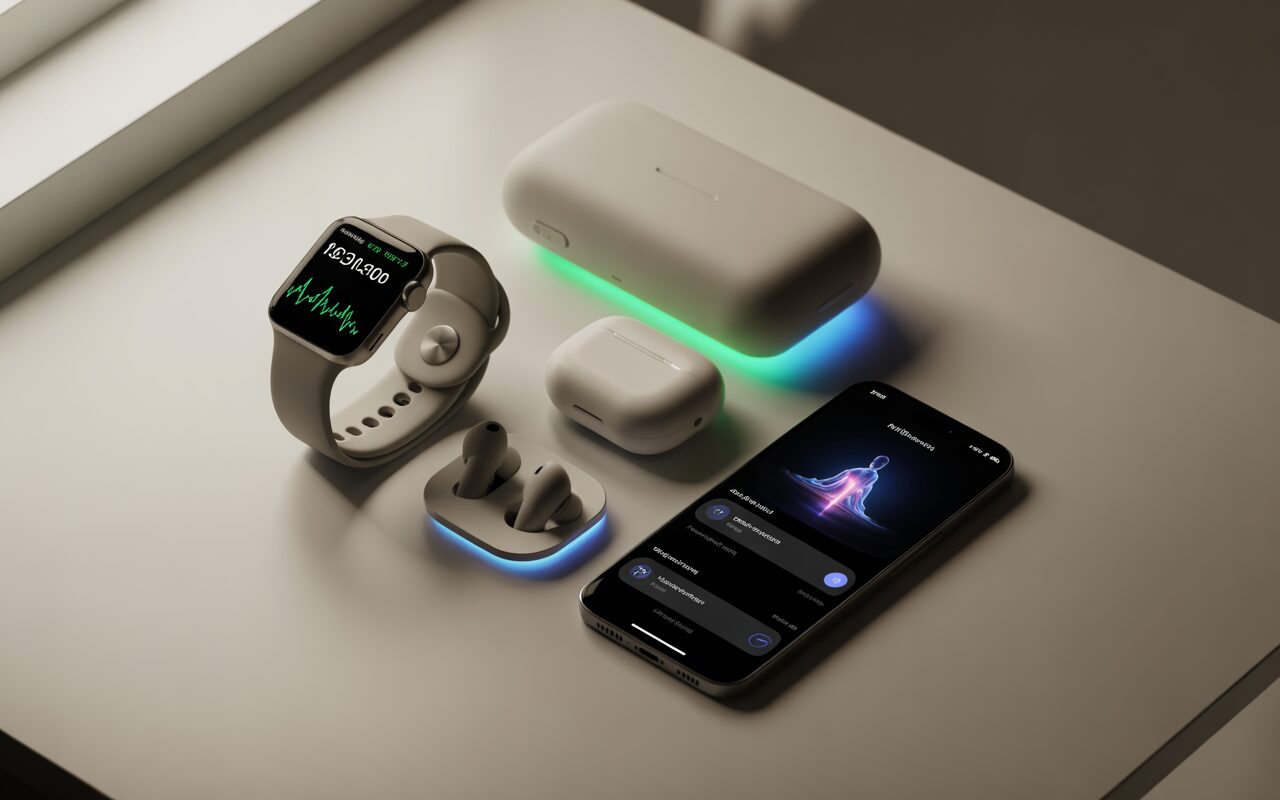
How Wellness Technology is Evolving: Insider Knowledge, Game-Changing Insights, and Next-Gen Strategies
In the ever-evolving landscape of personal health and wellness, technology is emerging not just as a tool—but as a transformational force.
From AI-powered health assistants to biometric sensors and deeply personalized wellness apps, the integration of wellness technology into our lives is accelerating at a breathtaking pace.
This shift isn’t just cosmetic; it’s changing the game entirely.
In this article, we’ll explore the insider knowledge, next-gen strategies, and breakthrough insights that are redefining what it means to be well in the 21st century.
The Rise of Wellness Technology
For years, wellness was defined by general advice—drink more water, get more sleep, and exercise regularly.
While those pillars remain important, they no longer stand alone.
Today, wearable devices track our every move, apps analyze our sleep cycles, and AI systems provide tailored health insights.
These next-gen tools are delivering unprecedented personalization, allowing individuals to take control of their well-being with scientific precision.
This rise of wellness technology is fueled by the convergence of three disruptive forces: artificial intelligence (AI), biometric data, and hyper-personalization.
Together, they’re creating a powerful ecosystem that adapts in real-time to your body, mind, and environment.
Insider Knowledge: What Industry Insiders Are Seeing
While most people are just scratching the surface with step counters and sleep trackers, industry insiders are working on the next phase of human optimization.
Here are three little-known developments quietly reshaping wellness:
-
AI-Driven Wellness Coaching: Companies are integrating machine learning with behavioral science to develop AI wellness coaches that adapt to emotional and cognitive feedback. These aren’t just glorified chatbots—they’re trained on datasets from elite performance labs, making them smarter with every interaction.
-
Non-Invasive Continuous Monitoring: Startups are now creating wearable devices capable of monitoring hydration, stress levels, blood glucose, and even nutrient absorption—without drawing blood. This allows for daily, hour-by-hour optimization of nutrition, mental focus, and physical performance.
-
Emotion-Aware Technology: Using facial recognition, tone analysis, and heart-rate variability, devices can now detect emotional shifts. These insights allow wearables and apps to suggest breathing exercises, dietary adjustments, or mood-boosting activities before you even realize you’re stressed.
These developments are currently being piloted by professional athletes, high-performing executives, and early adopters—but they’re quickly making their way into the consumer market.
Game-Changing Insights: What the Data Is Really Telling Us
With so much data now available, we’re learning surprising truths about how wellness works in real life—not just in theory.
Here are a few insights that are fundamentally altering our approach to health:
-
Sleep isn’t just about duration: New sleep trackers reveal that sleep quality (REM and deep sleep phases) is more critical than total hours. AI tools now suggest personalized wind-down routines based on your stress levels and circadian rhythms.
-
Stress is your secret performance metric: By analyzing heart-rate variability and cortisol proxies, wellness devices are showing that managing stress—not eliminating it—is key to peak performance. Some stress, known as “eustress,” is actually beneficial.
-
Gut health is the true foundation of wellness: Personalized microbiome testing combined with AI-driven dietary recommendations is reshaping how people eat. These insights are revealing that two people can eat the same meal with radically different biological responses.
Each of these revelations is empowering individuals to make smarter, faster, and more effective decisions about their health.
Next-Gen Strategies: What You Can Do Today
You don’t need to be a Silicon Valley executive to leverage these powerful tools.
Here are some next-gen strategies anyone can implement to start benefiting from this wave of wellness innovation:
-
Adopt a Smart Wearable with AI Integration: Choose a device that doesn’t just collect data but interprets it. Devices like the Whoop band, Oura ring, and newer Fitbits use AI to deliver actionable recommendations—whether it’s suggesting a recovery day after poor sleep or modifying your workouts based on heart-rate variability.
-
Use Biometric-Driven Nutrition: Try apps like Zoe or Levels, which analyze your body’s real-time response to food and offer customized eating plans. These tools can reveal how your body reacts to carbs, fats, and even meal timing.
-
Personalize Your Mental Health: Leverage AI-driven platforms such as Wysa or Replika that track your mood and mental patterns. These apps adapt over time, offering mindfulness exercises or coaching techniques specific to your emotional state.
-
Automate Your Recovery and Sleep Optimization: Use platforms like Eight Sleep or SleepSpace that integrate with biometric data to adjust your environment in real time—changing mattress temperatures or light exposure to promote deeper sleep.
The New Wellness Paradigm
What we’re witnessing is a paradigm shift—from a one-size-fits-all approach to a hyper-personalized, data-informed model of well-being.
The goal isn’t just to stay out of the hospital—it’s to thrive, to perform, and to feel better than ever.
Thanks to next-gen strategies powered by AI and biometrics, wellness technology is finally living up to its potential.
The future will belong to those who can adapt quickly, harness their personal data, and use technology not just as a tool, but as a co-pilot in their daily health journey.
Whether you’re a tech enthusiast or simply someone looking to feel better, now is the time to explore how wellness tech can elevate your lifestyle.
Because wellness isn’t just about feeling okay anymore—it’s about optimizing your entire existence.











